VIENNA: Opium poppy production in Afghanistan, long the world’s dominant supplier of the raw material for heroin, has risen by a fifth in the second full year since the Taliban banned it but remains a fraction of pre-ban levels, a UN report said on Wednesday.
The Taliban’s supreme spiritual leader banned the cultivation of narcotics in April 2022.
That prompted opium farming in the country to plummet an estimated 95% in 2023, according to an annual survey by the United Nations Office on Drugs and Crime (UNODC).
This year, cultivation increased an estimated 19% to 12,800 hectares (32,000 acres) and the centre of production shifted from its traditional heartland, the country’s southwest, to the northeast, the latest UNODC report published on Tuesday said.
“Despite the increase in 2024, opium poppy cultivation remains far below 2022, when an estimated 232,000 hectares were cultivated,” the UNODC said in a statement.
Dry opium prices stabilized around $730 a kilogram in the first half of this year, far above the pre-ban average of $100, the report said. Last year’s report said that in August 2023 those farm-gate prices had reached a “20-year peak” of $408.
In Afghanistan’s southwestern region, which borders Pakistan and accounted for almost half the country’s production in 2023, cultivation collapsed 65% this year, the report said.
Of that region’s poppy-farming provinces, the only exception was Helmand, which saw a 434% increase but from a low base.
Poppy growth down 95% in Afghanistan since Taliban ban: UN
In the northeastern region, which borders Turkmenistan, Uzbekistan and Tajikistan, cultivation surged 381% this year to 7,563 hectares, four times the area cultivated in the southwest, the second-biggest producer, the report said.
Almost all the northeast’s production was in one province, Badakhshan, a mountainous area that includes a stretch of the Hindu Kush and Afghanistan’s relatively short border with China.
“The high prices and dwindling opium stocks may encourage farmers to flout the ban, particularly in areas outside of traditional cultivation centers, including neighboring countries,” the UNODC said.






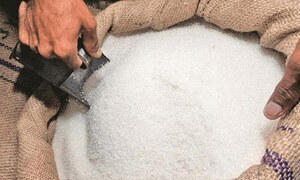

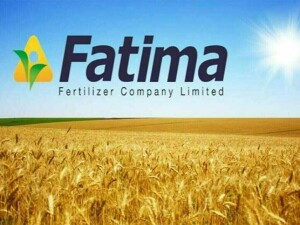

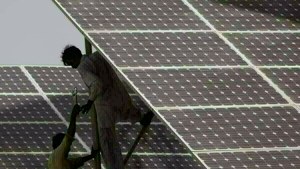

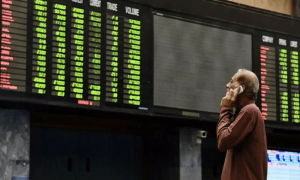


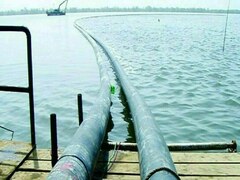
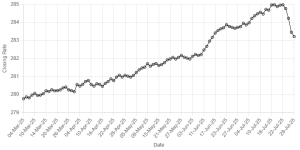


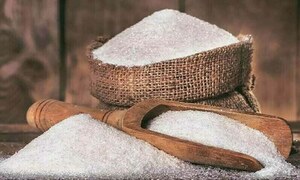




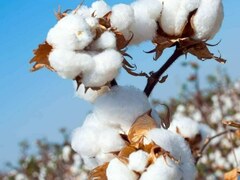
Comments
Comments are closed.